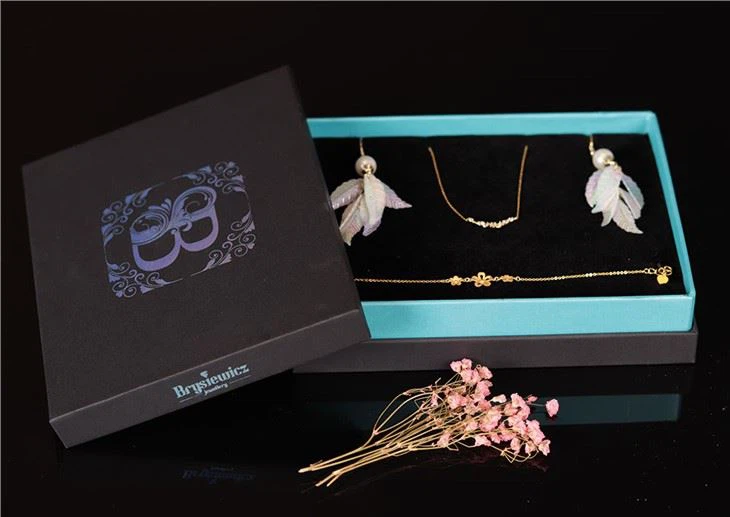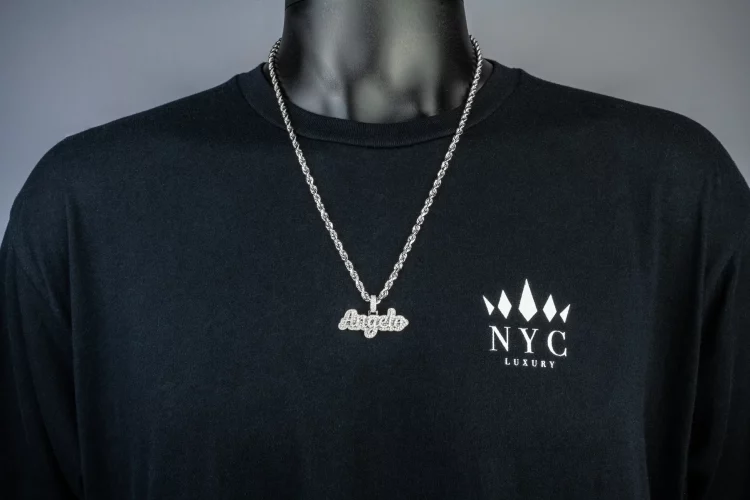In the world of luxury, few items hold as much meaning and exclusivity as custom-made jewelry. For the elite and the influential, bespoke jewelry is not just an accessory—it’s an expression of wealth, status, and personal identity. As global wealth continues to rise, the demand for jewelry that reflects individual style and exclusive craftsmanship has skyrocketed, pushing custom-designed pieces into the spotlight.
Custom-made jewelry has evolved beyond traditional designs, becoming the ultimate symbol of sophistication and personalization. This article will explore how custom jewelry is now a new standard for the wealthy elite, discuss how it has become a collector’s item, and dive into the meticulous craftsmanship and exclusive designs that make these pieces timeless investments.
1. The Rise of Custom-Made Jewelry: A Symbol of Wealth and Prestige
For centuries, jewelry has been a symbol of wealth, beauty, and status. However, with the rise of personalized luxury, custom jewelry has become even more powerful. While fine jewelry houses like Cartier, Van Cleef & Arpels, and Tiffany & Co. have long been known for their high-quality pieces, custom-made jewelry offers something that mass-produced pieces can’t: uniqueness. In a world where owning something rare has become the ultimate goal, custom pieces offer a personalized, one-of-a-kind alternative that speaks to an individual’s unique taste and lifestyle.
1.1 Defining Wealth Through Customization
In today’s competitive luxury market, customization is seen as the ultimate indulgence. Wealth isn’t just about the price tag; it’s about owning something that no one else can. Custom-made jewelry, crafted by renowned jewelers and artists, allows the wealthy to own masterpieces that reflect their personality, personal history, and status in society. This level of personalization makes custom jewelry not only a piece of adornment but a statement of exclusivity.
Bespoke jewelry is often associated with famous figures and personalities who desire to showcase their individuality. Whether it’s a bespoke engagement ring, a custom necklace, or a unique set of earrings, the demand for custom pieces has been growing exponentially as it becomes the new standard for the elite.
1.2 The Role of Custom Jewelry in Wealth Display
Unlike the traditional world of luxury jewelry where iconic pieces are recognized universally, custom jewelry gives owners the chance to make a personal mark. This personal mark isn’t only about reflecting wealth; it’s about creating a legacy. Jewelry has always been an heirloom for families, passed down through generations. Custom-made pieces, therefore, are often designed to be timeless treasures that endure for decades.
For the ultra-wealthy, custom jewelry not only speaks to individual identity but also acts as a symbol of power in the luxury world. When you wear something that is specifically designed for you, it is not simply about showcasing affluence—it is about showcasing your exclusive taste and your ability to access the best of the best.

2. The Craftsmanship Behind Custom Jewelry: Unrivaled Skill and Detail
Creating a piece of custom jewelry requires exceptional skill, creativity, and craftsmanship. Unlike mass-produced items that are created using assembly line techniques, custom jewelry is carefully handcrafted, with every detail of the design curated to meet the client’s exact specifications. The process often involves a one-on-one collaboration between the jeweler and the client to bring their vision to life.
2.1 The Design Process: Creating the Perfect Piece
The creation of a custom jewelry piece often begins with a consultation between the client and a skilled jeweler. During this consultation, the client may provide inspiration, such as personal stories, family heirlooms, or even specific gemstones that hold special meaning. From there, the jeweler begins to sketch the initial design concepts, which will be refined until a final design is agreed upon.
Once the design is finalized, the jeweler then begins the crafting process, which can take anywhere from a few weeks to several months depending on the complexity of the piece. This process includes selecting materials, such as precious metals like platinum, 18k gold, or tungsten, and choosing rare gemstones like diamonds, emeralds, and sapphires.
2.2 The Importance of Precious Materials and Gemstones
The materials used in custom jewelry are as important as the craftsmanship itself. High-net-worth individuals are often drawn to rare and exotic gemstones that hold intrinsic value. These stones are sourced from the most exclusive mines around the world, and their rarity only increases their prestige.
- Diamonds: Known for their timeless allure, diamonds are often the cornerstone of custom-designed jewelry, chosen for their brilliance and durability. High-quality diamonds, particularly those with rare colors or sizes, can significantly increase the value of a custom piece.
- Emeralds and Sapphires: These gemstones are prized not only for their vivid colors but also for their historical significance. Emeralds, for example, have long been associated with royalty, while sapphires are considered the stone of wisdom.
- Exotic Gemstones: Wealthy buyers often seek out unique stones such as Paraíba tourmaline, tanzanite, or alexandrite—stones that are not only rare but also hold great potential for investment value.
2.3 The Role of Artisans and Jewelers
Custom jewelry is only as good as the artisans who create it. The best jewelers in the world are often highly trained craftsmen with decades of experience in the field. Some even come from generational workshops, where the knowledge of traditional techniques is passed down. These artisans use time-honored methods to create jewelry that feels both timeless and modern.
Famous custom jewelers like Laurence Graff, Van Cleef & Arpels, and Harry Winston have set a high bar for the industry, blending traditional craftsmanship with modern innovations. They are also known for working with clients who seek something truly unique—pieces that stand apart from any mass-market jewelry.
3. Custom Jewelry as a Collector’s Item: Investment and Legacy
For the wealthy, custom jewelry is not just a personal indulgence—it is an investment. Unlike many other luxury items, custom-made jewelry can often appreciate in value over time, particularly when it involves rare gemstones or historical significance.
3.1 Jewelry as an Investment Asset
As the value of precious materials continues to rise, custom jewelry made from rare and valuable stones can serve as a long-term investment. Wealthy collectors often see jewelry not just as an accessory but as an asset that will grow in value, especially when created with materials that stand the test of time.
Additionally, custom-designed jewelry often carries with it an element of rarity. Unlike mass-produced designs, bespoke pieces are often created in limited editions or one-off designs, making them highly sought after by collectors.
3.2 The Legacy of Custom Jewelry
Custom jewelry is not only an investment in the present but also a legacy for future generations. Many buyers view custom pieces as family heirlooms—objects of emotional and historical significance that will be passed down through the generations. These pieces tell stories, encapsulating memories, and celebrating milestones that are meaningful to the family or individual.
Custom jewelry can be an integral part of a family’s legacy, continuing to appreciate in value and significance with each passing generation.
4. Custom Jewelry: The Future of Luxury Accessories
As the world continues to move towards a future where individuality and personalization are highly valued, custom jewelry will only continue to grow in popularity. The combination of timeless design and cutting-edge technology, such as 3D printing and virtual design consultations, will push the boundaries of what is possible, making custom jewelry more accessible while maintaining its exclusivity.
The future of custom-made jewelry lies in its ability to adapt to each individual’s evolving tastes while preserving the age-old tradition of bespoke craftsmanship.
















































